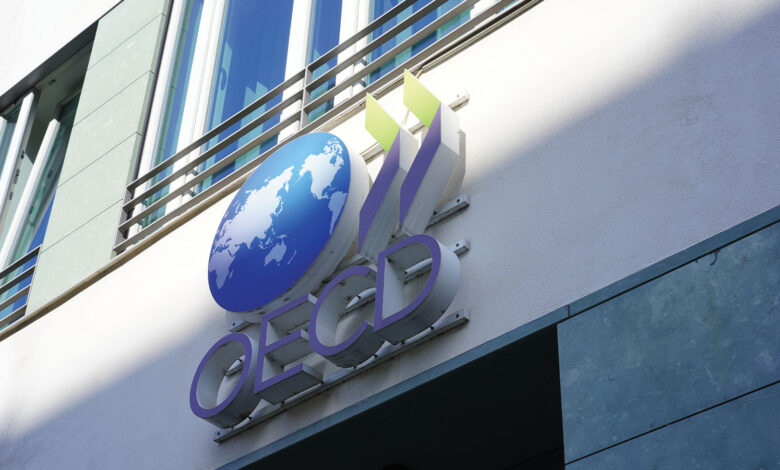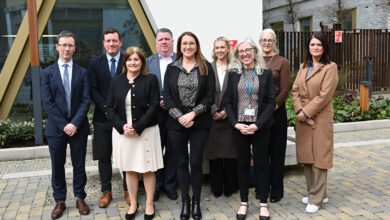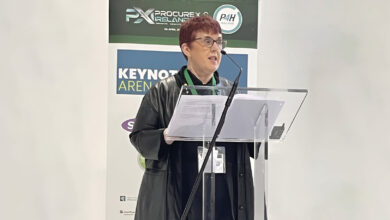‘Limited digitalisation’ in Ireland’s public procurement

Ireland must establish a national digital procurement strategy if it is to enhance the digitalisation of its public procurement models, according to a report by the Organisation for Economic Co-operation and Development (OECD).
The OECD’s October 2024 report, The Digital Transformation of Public Procurement in Ireland: A Report on the Current State, provides an assessment of the maturity of Ireland’s digital public procurement systems. The report outlines existing structures and practices, identifies areas of strength, and details several shortcomings to be addressed through a national strategy.
The report was produced in cooperation with the European Commission Directorate-General for Structural Reform Support and was funded through the EU Technical Support Instrument. It forms part of the Strategy for the digital transformation of public procurement in Ireland.
According to the report, Ireland has developed a mature e-procurement system for the tendering phase. The eTenders platform functions as the national publication portal for procurement notices and is the sole eSender to the EU’s Tenders Electronic Daily (TED). Sectoral central purchasing bodies (CPBs) have also developed their own tools and platforms.
The use of digital platforms in the tendering process is well-established. However, the report outlines that there is “limited digitalisation in the pre-tender and post-award stages”. It further identifies gaps in needs assessment, planning, contract management, invoicing, and performance evaluation. These areas are not consistently supported by digital tools or integrated systems.
Governance and interoperability
Ireland’s public procurement system is managed across multiple organisations. The Office of Government Procurement (OGP) provides leadership and is responsible for sourcing common goods and services. Other CPBs, such as those in health, education, local government, and defence, operate in their respective sectors.
The report notes that governance structures could better support the digital transformation process. There is currently no national strategy for digital public procurement. Most digital initiatives have been driven by regulatory requirements, including those under the EU Public Procurement Directive. This has resulted in “operational silos, limited system interoperability, and inconsistent data usage”.
The report recommends the establishment of a national digital procurement strategy, including clear governance arrangements, defined responsibilities, and engagement with stakeholders across the procurement system.
Data collection and use
The report highlights limited capacity to collect and use data across the procurement lifecycle. Data collected through eTenders and other systems is not consistently linked across platforms, and much of the post-award data is not systematically captured. Manual data transfer between systems creates inefficiencies and raises the risk of errors.
The OECD recommends that Ireland invest in data governance, quality, and accessibility. Improved data infrastructure would support oversight, enable evidence-based decision-making, and provide the basis for assessing procurement performance. The introduction of EU eForms and the development of the EU Public Procurement Data Space are identified as relevant developments for enhancing data consistency and interoperability.
Emerging technologies
The OECD notes that there is currently limited application of innovative or emerging technologies in public procurement in Ireland. Tools such as artificial intelligence, robotic process automation, and blockchain are being used in other EU member states to support supplier engagement, performance monitoring, and process automation.
The report recommends that Ireland develop a co-ordinated approach to assessing the applicability of such technologies within the public procurement context. This includes identifying functional requirements, potential use cases, and implementation frameworks.
Strategic alignment
The report outlines the need to align procurement digitalisation efforts with broader public sector digital transformation strategies, including Connecting Government 2030 and the Digital Public Service Strategy. Integration with systems in finance, budgeting, human resources, and public registries is identified as a means to improve efficiency and reduce duplication.
The OECD distinguishes between vertical integration (connecting national e-procurement platforms with internal systems used by contracting authorities) and horizontal integration (connecting procurement systems with other public sector systems). The report recommends that Ireland consider both approaches when developing its digital procurement architecture.
Recommendations
Key recommendations from the report include:
- establishing a national vision and strategy for digital public procurement;
- expanding digitalisation to cover all stages of the procurement lifecycle;
- enhancing governance structures to support co-ordination and implementation;
- improving procurement data quality, availability, and use;
- increasing system interoperability and user accessibility; and
- assessing and deploying emerging technologies in a structured manner.
The report concludes that while Ireland has made progress in digitalising certain aspects of public procurement, a more comprehensive and co-ordinated approach is required to improve system efficiency, reduce administrative burdens, and support wider policy objectives.





